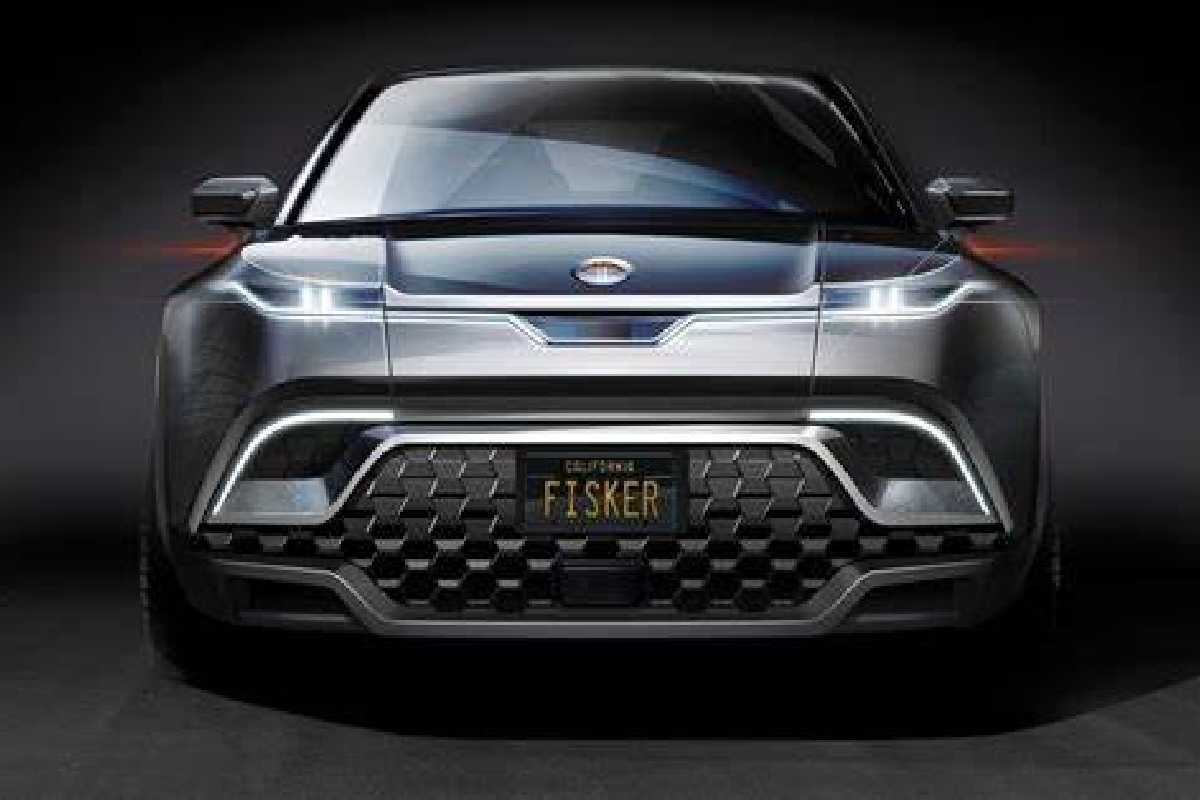
Hybrid Electric Vehicle
As hybrid electric Vehicle enter their third decade, “hybrid” no longer denotes anything unusual. Many people mistakenly believe that “hybrid” refers to another model or trim, like XLE or Limited.
Hybrids still stand out from their gasoline-only competitors, though. The base of an “electrified” automotive pyramid, the entire electric vehicle, or EV, consists of hybrids.
How do Hybrids work?
A hybrid vehicle is a car, SUV, or truck having an internal combustion engine and an electric motor. Integral software controls the output of an onboard generator, which generates electricity that is then sent to a battery pack.
- A hybrid can run without being plugged in. However, some do have that option. These automobiles, known as Plug-In Hybrids (PHEV), are discussed individually.
- The electric motor complements the gas engine and occasionally takes its place for brief durations, allowing the car to travel short distances entirely on electricity.
- To improve fuel efficiency compared to a non-hybrid vehicle with comparable equipment, a carmaker may also be able to downsize the size of a specific model’s gas engine with the help of the electric motor.
- A hybrid model will typically have higher power than the non-hybrid variant with the same or slightly better fuel economy if the gas engines stay the same size.
- There are several other hybrid system designs, and the two hybrid classes of mild and complete.
- The core idea behind them is that by reducing the quantity of gasoline burnt in the internal combustion engine, employing an electric motor to help power the vehicle can reduce the demands placed on it.
- It reduces emissions and improves fuel efficiency.
What is a Full Hybrid?
Full hybrids accomplish more than mild hybrids since they employ more robust electric motors and larger batteries.
Using their electric motor, they may run the car on electricity for a brief period at low speeds. To improve the gas engine’s performance, they also use the electric motor more frequently and for more extended periods.
When there is enough battery power to operate the electric motor, complete hybrid systems can be built to allow the engine to shut down at highway speeds, often for only a few seconds.
These sporadic mini-shutdowns might happen dozens of times during a single drive since the battery recharges while the car runs. Usually, the software built into the vehicle regulates the order in which these activities are performed.
An infotainment screen or instrument panel can display different hybrid functioning and charging levels.
Compared to a non-hybrid, the outcome is increased fuel efficiency, often by 25% to 40%.
The 2021 Toyota Camry LE hybrid is EPA-rated at 52 MPG combined, 51 MPG city, and 53 MPG highway; the 2021 Toyota Camry LE with the 2.5-liter four-cylinder is EPA-rated at 32 MPG combined, 28 MPG city, and 39 MPG highway. For a slight $2,225 increase in cost for the hybrid powertrain, that’s a considerable saving.
Sources of Electricity
- A high-voltage battery houses the electric motor’s energy. It is present in all full hybrids and some mild hybrids. Some mild hybrids use a different kind of storage device known as a super capacitor.
- The energy is derived partly from the engine’s extra power and through regenerative braking, which uses the electric motor to assist in slowing the vehicle. The motor can be utilized as a generator to generate electricity when slowing down because it isn’t required to move the vehicle forward.
- The energy is sent toward the hybrid battery, which is stored until needed to start the electric motor quickly.
- Regenerative braking systems typically increase the lifespan of the mechanical brakes in addition to providing electricity, lowering the frequency and overall cost of brake maintenance.


